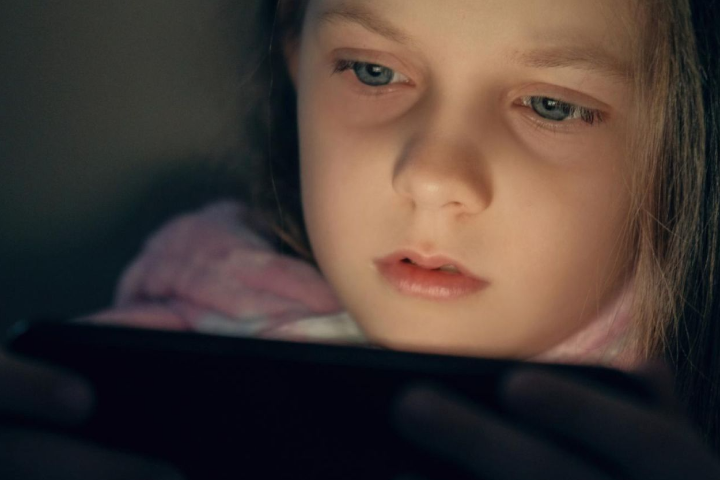Vomiting is a very common symptom in children, present
in many diseases in both children and babies. Usually, they should not worry
you too much, unless they are accompanied by other symptoms. In any case, if
you need medical advice and want to get the opinion of an experienced
pediatrician, it is very simple to do it remotely, through an online
consultation on our platform.
Don't forget that you are one click away from a pediatric specialist, whenever you need it.
Vomiting occurs when food is pushed out of the stomach
back into the mouth. Generally, the amount of vomit appears larger than it
actually is.
What is vomiting?
Vomiting or vomiting is the act of forcibly emptying
the contents of the stomach through the mouth. It's often a symptom of an
underlying disease or condition, but it can also be a reaction to motion
sickness (as in motion sickness or seasickness), medication, or an injury.
Occasional vomiting is common in childhood, especially when the child is sick.
Recurrent or chronic vomiting can be a cause for concern, and any prolonged
period of vomiting is a very good reason for a consultation with the pediatrician.
Vomiting is different from baby regurgitation, that
easy flow of milk or other food from the stomach after a meal, usually in small
amounts and often accompanied by a burp. These manifestations do not make the
child feel uncomfortable. In contrast, vomiting is a more forceful ejection of
food from the stomach, involving strong muscle contractions in the abdomen and
diaphragm. A vomiting child is uncomfortable and his general condition is
impaired.
Types of vominting
There are different types of vomiting, such as when the
baby throws up small amounts after a feed.
Reflux
This vomiting is common in babies. Reflux occurs when
the valve in the upper part of the stomach accidentally opens. Stomach contents
slowly return to the food pipe (esophagus). Reflux does not harm babies.
Jet vomiting
In this case, the amount of milk or food may appear
large on the floor, but it is usually only the amount from the last feeding.
Babies may occasionally throw up, but if it happens after every feed, see your
pediatrician.
Causes of vomiting
Vomiting is usually caused by:
- minor viral infections of the digestive system or the
common cold
- gastroesophageal reflux
- motion sickness from traveling in a moving vehicle.
Sometimes vomiting can be a symptom of a more serious
illness. Children may also vomit if they have an infection, such as meningitis
or a urinary tract infection, a bowel obstruction or appendicitis. If the
vomiting is accompanied by fever and diarrhea, it is usually caused by a virus
infection. But if it persists for 12 hours or more, dehydration is possible, so
you should consult your pediatrician without delay.
Treatment for vomiting
Most babies and children vomit easily and recover
quickly. After vomiting, the child may be hungry and thirsty. It is therefore
important to give liquids to the child, so that he does not become dehydrated.
While it is very important to drink water, the vomiting child should not be
forced to eat.
If the child still becomes dehydrated (dry lips and
mouth, sunken eyes, rapid breathing, rapid pulse, decreased urination), see the
pediatrician to see if rehydration is needed under medical supervision.
Parents should take their child to the doctor if:
- There is blood in the vomit or the vomit looks like
coffee grounds
- There is blood in the stool or the stool has a black,
tarry appearance
- The child seems lethargic or confused
- The child has a severe headache or a stiff neck
- The child has severe abdominal pain
- Vomiting occurs after a head injury
A relatively rare form of vomiting, cyclic vomiting
syndrome (CVS), is characterized by recurrent episodes of vomiting with periods
of relief in between. This type of vomiting occurs either early in the morning,
around 4:00 a.m., or immediately after waking up, between 6:00 a.m. and 8:00
a.m., in an otherwise perfectly healthy child.







